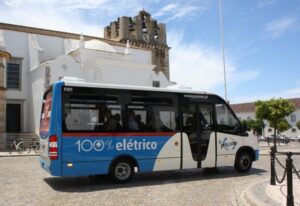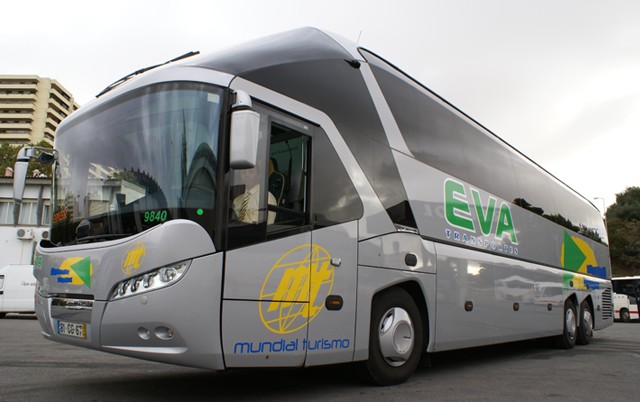
While most Portuguese tourists in Algarve use their cars to get around, other foreign visitors rely on public transportation. However, renting a car is the better option, as it allows you to reach many of the beautiful beaches with no public transportation access. Deciding whether to drive or take buses or trains depends on your budget and where you want to go. This guide helps you make the decision about how to choose a means of transport in Algarve.
GETTING AROUND BY CAR
The fastest and most convenient way to get around Algarve is by car. There are two major roads connecting the main cities and the smaller towns — the N125 and the A22.
The N125 is free but the trips take longer, as it goes through the center of many towns, often with heavy traffic and many traffic lights. It does offer better scenery and allows you to stop at supermarkets, restaurants, and tourist attractions along the way.
The A22 is a toll highway but is the fastest way to reach most destinations. Most rental cars have a device on the windshield for the electronic toll system called Via Verde. With it, you can just go on the Via Verde lane on all Portuguese highways and not have to stop and pay the toll. As you go through the Via Verde, a display shows the amount being automatically charged to the rental company. On the A22, all tolls are paid electronically. You’ll hear a beep as you pass through the toll gate and will pay that amount when you return the car.
RENTING A CAR
Renting a car is more expensive than using public transportation, but it’s worth it when you consider the freedom it offers and the time it saves.
Car rental services (with or without a driver) can be found in all major centers, hotels, and travel agencies. But it’s recommended that you rent it online and pick it up at Faro Airport. This way you can be sure that you have a car ready when you arrive and know how much you’ll pay. More importantly, booking online gives you better deals. At the airport’s arrivals hall, follow the signs to the car rental companies, which are found outside the terminal.
The companies at Faro Airport are Alamo, Avis, Enterprise, Europcar, Guerin, Hertz, Sixt, and other small, low-cost companies (these do offer lower prices but usually have a maximum of 60 kilometers per rental and then charge per extra kilometer).
It’s recommended that you get insurance that will cover any damages, including small scratches, which can occur easily, especially as you drive through dirt roads to the more remote beaches. Car rental companies will also ask you for a security deposit on your credit card. That charge is canceled when you return the car. There are gas stations by the airport (the closest is about one minute away), so you don’t have to worry about where to refuel when you return the car.
Compulsory requirements:
Valid identity card (European Union citizens), valid passport (other nationalities), minimum age 21. And compulsory insurance.
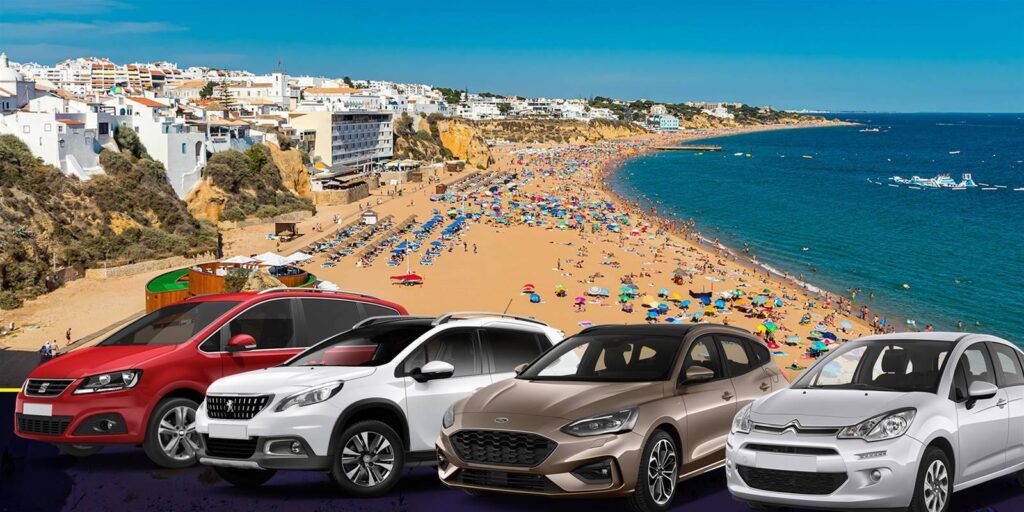
ALGARVE BUSES
Buses can also be used as a means of exploring the region. The Vamus operates 73 different lines all across the Algarve and you can find timetables and route information on their website.
Traveling by bus in Algarve can be complicated because most routes have only a few departures per day and the frequency is further reduced on weekends, even in the summer. However, it is the only or best choice to reach some popular destinations, such as Sagres and Silves.
There’s a bus company that covers the entire region of Algarve, the “Vamus,” plus urban services in Faro (the “Próximo”), Portimão (the “Vai e Vem”), and Albufeira (the “Giro”). In most cases, tickets are bought at the stations. When you board at the stops on the roads, you buy them from the driver.
For more information, click here!
Bus stops are usually marked “Paragem” (sometimes “Paragem/Bus Stop” in the bigger towns) and display the numbers of the buses that stop there, plus the times and the route covered. When you buy tickets from the driver, only cash is accepted, and it’s recommended that you pay with coins, as the driver may not have enough change for large bills.
When you leave Faro Airport, you can use the Aerobus service (line 56), which is operated by the VAMUS. This service provides a direct link from the airport to some of the Algarve’s main tourist areas: Albufeira, Lagoa, Portimão, and Lagos. There are just about eight departures per day, at irregular intervals, between 8:30 a.m. and 8:15 p.m. For other destinations in the Algarve, you need to connect to the center of Faro.
Buses running about twice per hour, operated by the Próximo company, stop at the airport and terminate at the bus station in the city center in about 20 minutes. From there you can take a Vamus bus to major towns.
The final destination is displayed on the front of the bus (sometimes on a piece of paper glued to the windshield). To check schedules and stops, see the Vamus website.
Single fares can range between 3 and 7 euros, depending on the distance covered. You can also acquire a Tourist Pass, which gives you unlimited rides on the Vamus buses within Algarve over a period of 3 or 7 days (it’s €35 for three days and €46 for seven days). Most buses run from 7 a.m. to 8:30 p.m. in the major towns.
Bicycles are carried free of charge on the lines that run parallel to the Coastal Ecovia/EuroVelo 1 cycle routes and on the Aerobus (see specific terms and conditions on the website).
Note that many of the smaller villages away from the coast do not have bus services or have them on weekdays only. You should also keep in mind that the times displayed at bus stops can’t always be relied on — traffic congestion means that buses between Lagos and Albufeira, for example, are often as much as 10 minutes late, especially in the summer. At some stops, however, you’ll find a QR code that you can use to know how far the next bus is from that location.
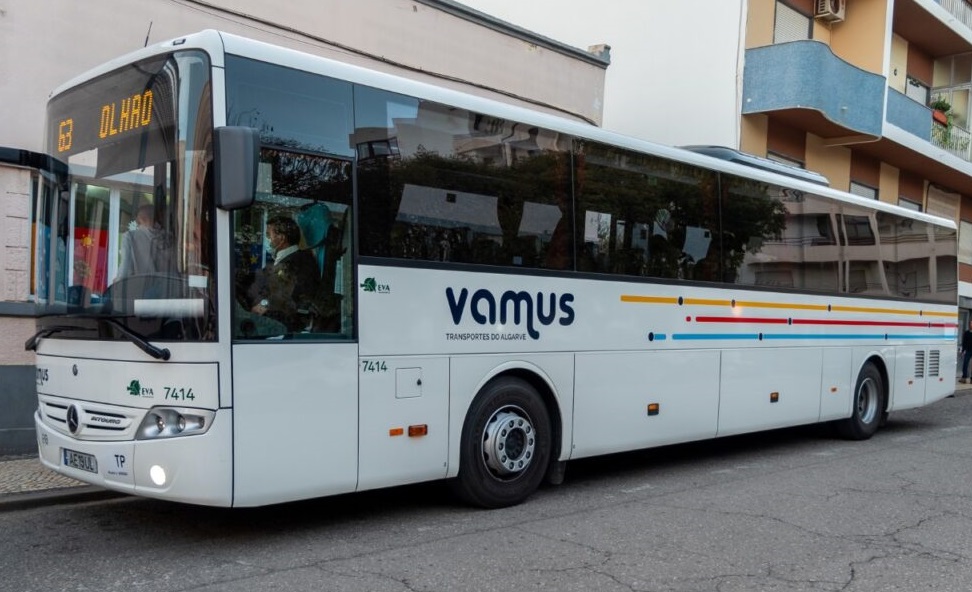
ALGARVE TRAINS
Algarve’s train line runs between Lagos in the west and Vila Real de Santo António by the border with Spain in the east. Trains stop in the main towns in between, such as Silves, Portimão, Albufeira, Loulé, Faro, Olhão and Tavira. The stations in Lagos, Faro, Olhão, Tavira, and Vila Real de Santo António. But, surprisingly and inconveniently, the stations in Silves, Portimão, Albufeira, and Loulé are actually away from the center, so the bus to those destinations is the recommended public transportation option.
All trains are operated by the national CP (“Comboios de Portugal”) company, which allows you to buy tickets online in advance, sometimes with discounts.
Find their website here: cp.pt.
The trains from Lisbon terminate in Faro, and you need to connect there or at Tunes before it to continue to other destinations in the Algarve. Unlike the long-distance trains from Lisbon, which have first and second-class services, these regional trains do not have different services and do not assign seats.
If you plan to do a lot of train travel in the Algarve, you can get a ‘Tourist Ticket’ (‘Bilhete Turístico’), which offers unlimited rides over a period, or two or three consecutive days. This ticket is available at the stations’ ticket offices and can be used on the Algarve line only — it does not include long-distance Intercidades or Alfa Pendular trains to Lisbon, for example. Most stations are very small, with no screens indicating the next train and with no announcements.

TAXIS OR UBER
While traveling by taxi is more comfortable than by bus or train, it’s much more expensive. It’s only recommended for short distances, such as if you’re staying in a resort by the beach and want to go dine in the center of town. They’re also often used to go from the airport to the center of Faro. To go from the airport to other destinations in the Algarve, a pre-booked transfer is the better (less expensive) option. Taxis take up to four passengers and all have meters.
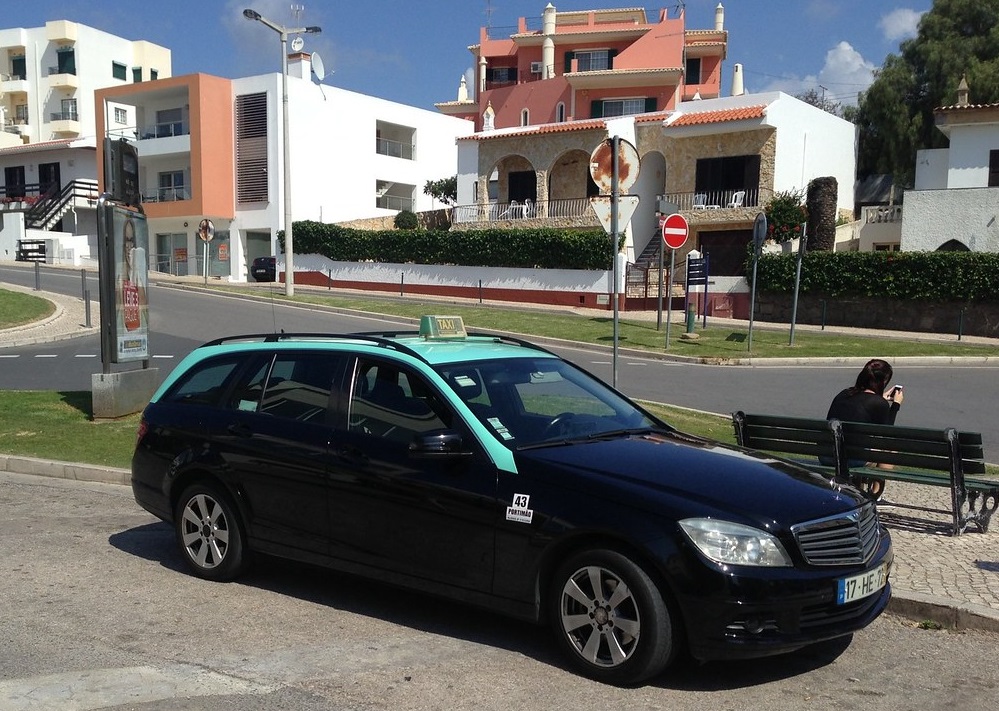
Their color is black and green.
Fare lists must be displayed inside each taxi.
Supplementary charges: increase of 20% at night between 22:00 and 06:00, and at weekends; fixed supplementary charge for any luggage transported in the boot.
Uber operates in the Algarve and is usually cheaper than taxis. It’s very convenient and reliable around the major cities such as Faro, Albufeira, and Lagos, but you won’t find many cars available in the eastern region, such as Tavira. If you’ve used Uber or other ridesharing apps, you know that the main benefit is that you don’t need to have cash at hand and know exactly how much you’ll pay before you enter the car.

